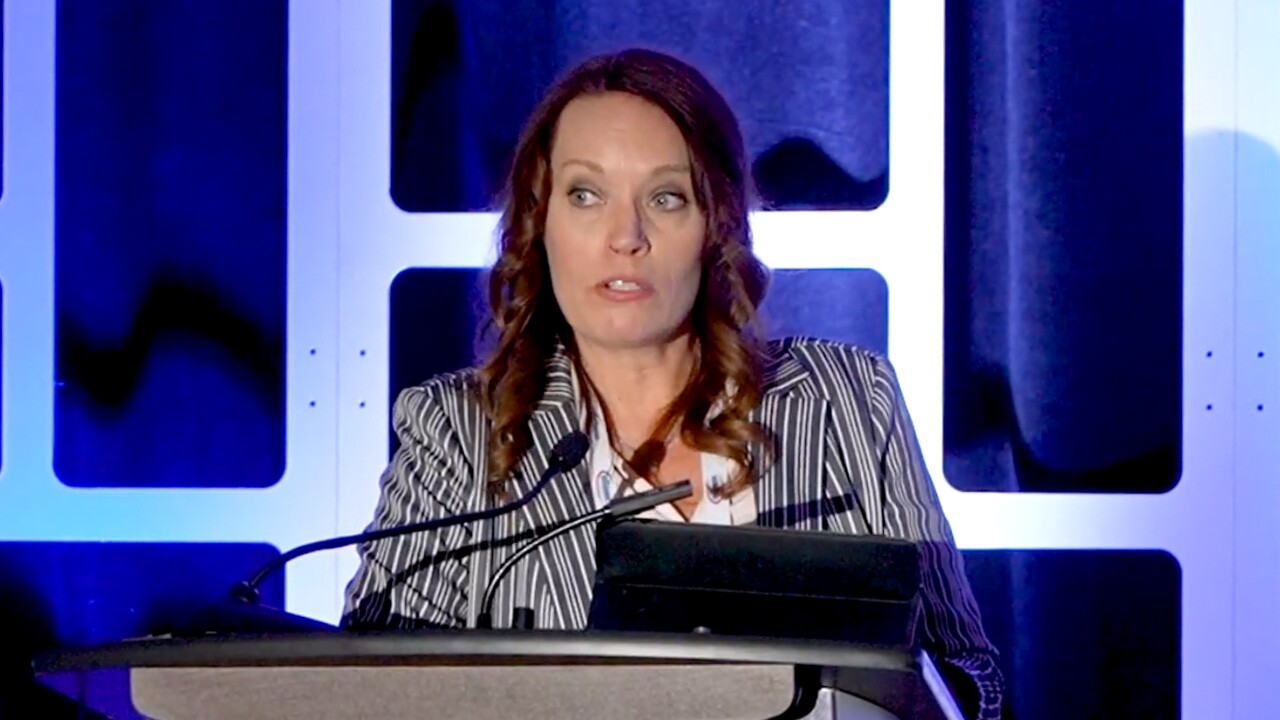Home Equity Loans (HELOANs)
Home Equity Loans (HELOANs) are a key growth product. As a closed-end, fixed rate second mortgage, it addresses the issues of decreased refinance volume and record high home equity. Lenders are adjusting HELOAN offerings to meet consumer demand such as increasing limits, adding 30-year terms, and securitizing billions in volume. The market is seeing innovation from both traditional banks and fintech companies as HELOAN growth continues.
-
The lender, which reported over $200 million in home equity line of credit volume in the recent quarter, suggests the business can deliver massive scale.
October 21 -
The largely direct-to-consumer lender will also offer reverse mortgage loans in the latest dealing between publicly traded industry players.
October 14 -
Different markets for home equity products emerge, plus technology changes make it easier and quicker for traditional offerings to reach consumers.
September 30 -
As mortgage rates dip, more homeowners are turning to cash-out refis for quick access to cash, ICE says.
August 11
The first three months of the year coincide with the start of President Donald Trump's second term in office. Investors are likely to be more interested in banks' outlooks amid swings in tariff policy than the first-quarter results.






